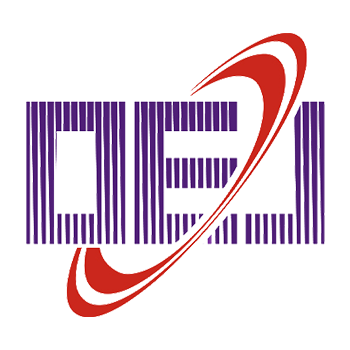-
Abstract
Controlling the construction of physical colors on the surfaces of transparent dielectric crystals is crucial for surface coloration and anti-counterfeiting applications. In this study, we present a novel approach to creating stable physical colors on the surface of lithium niobate crystals by combining gold ion implantation with laser direct writing technologies. The interaction between the laser, the implanted gold nanoparticles, and the crystal lattice induces permanent, localized modifications on the crystal surface. By fine-tuning the laser direct writing parameters, we reshaped the gold nanoparticles into spheres of varying sizes on the crystal surface, resulting in the display of red, green, blue, and pale-yellow colors. We investigated the influence of the implanted Au nanoparticles—particularly their localized surface plasmon resonances—on the modifications of the lithium niobate crystal lattice during the laser writing process using confocal Raman spectroscopy and high-resolution transmission electron microscopy. Our findings reveal that the embedded Au nanoparticles play a pivotal role in altering the conventional light-matter interaction between the crystal lattice and the laser, thereby facilitating the generation of surface colors. This work opens new avenues for the development of vibrant surface colors on transparent dielectric crystals. -



 E-mail Alert
E-mail Alert RSS
RSS


